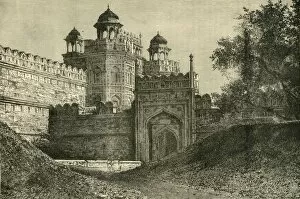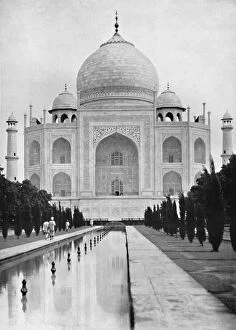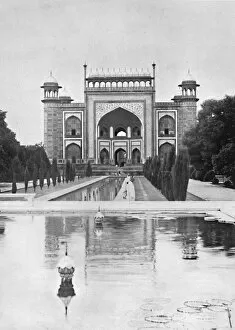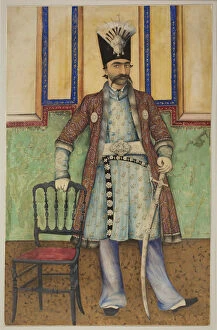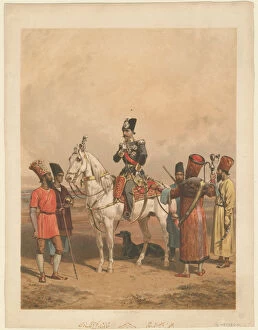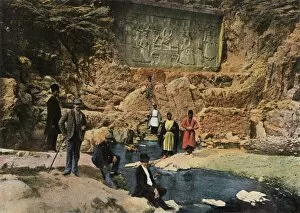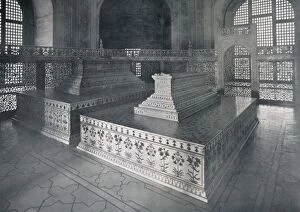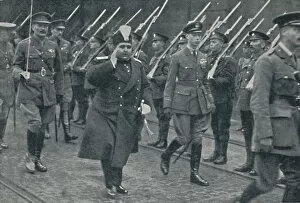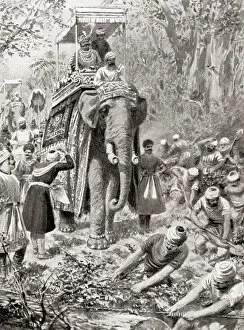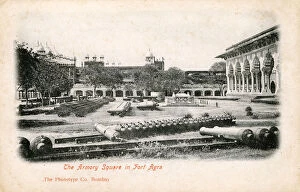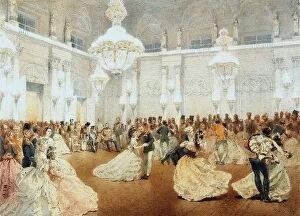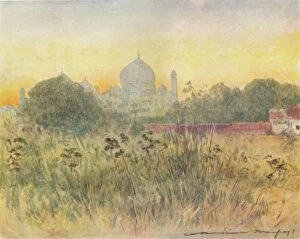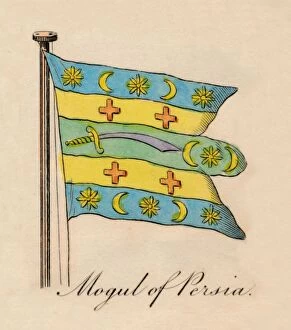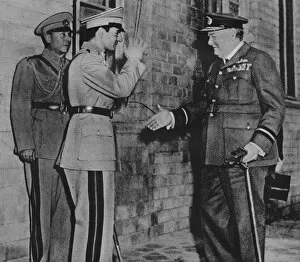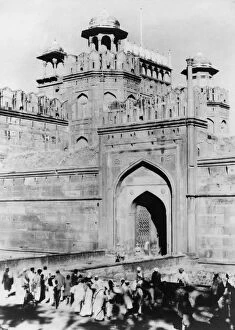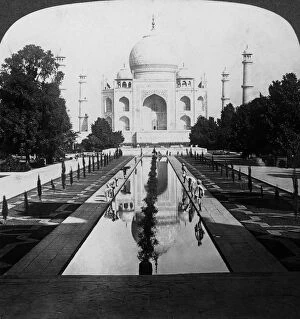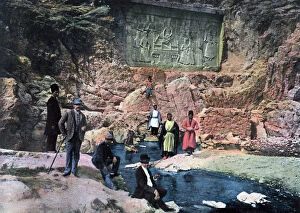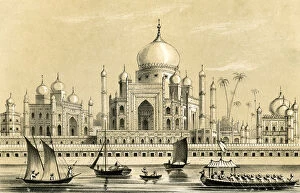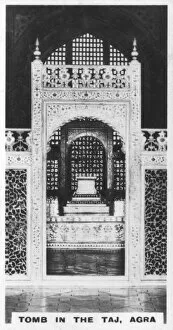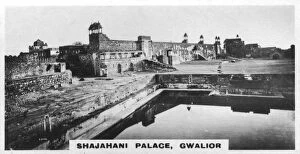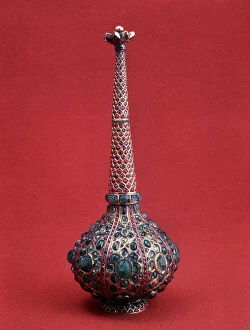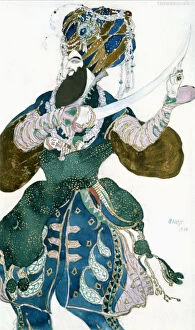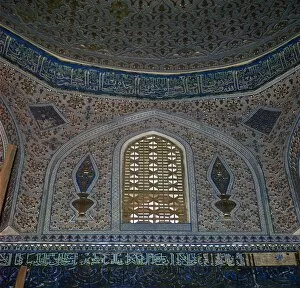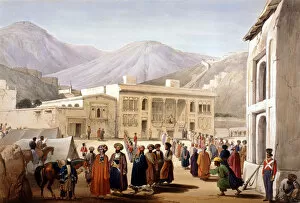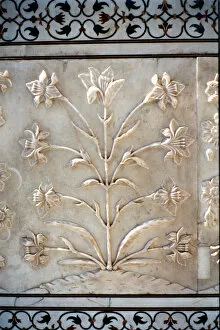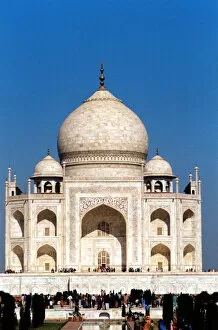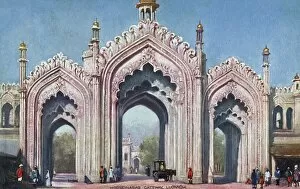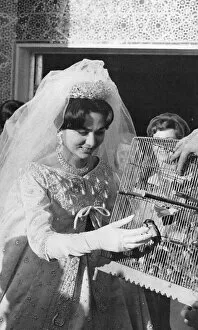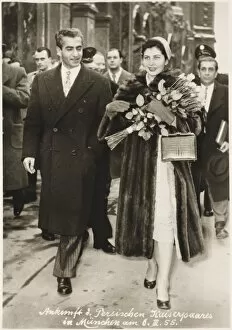Shah Collection (page 9)
"The Shah: A Legacy of Power, Love, and Controversy" From the grandeur of his coronation to the tumultuous end of his reign
For sale as Licensed Images
Choose your image, Select your licence and Download the media
"The Shah: A Legacy of Power, Love, and Controversy" From the grandeur of his coronation to the tumultuous end of his reign, Mohammed Reza Shah Pahlavi remains an enigmatic figure in Iranian history. As the Shah of Iran from 1941 to 1979, he ruled with a mixture of authority and charisma that captivated both admirers and critics. Inseparable from his image is Farah Diba, his elegant third wife who stood by his side through triumphs and tribulations. Together, they symbolized a modernizing Iran on the world stage. But the title "Shah" extends beyond Iran's borders. Reza Shah Pevlavi was known as the "Shah of Persia, " representing not just a country but also its rich cultural heritage. His love for shooting pigeons showcased a different side to this powerful ruler – one that appreciated simple pleasures amidst complex responsibilities. Yet it wasn't only Iran that had its own illustrious shahs. Bahadur Shah II held the prestigious position as India's last Mughal emperor during a time when British colonialism loomed large over Indian soil. Through Mughal paintings capturing their opulent lifestyle, we catch glimpses into their fascinating world. Meanwhile, across Afghanistan's rugged terrain reigned Mohammed Nadir Shah – King of Afghanistan alongside his brother – leaving behind an indelible mark on Afghan history. The Malik-I-Maidan at Bijapur Fort in Karnataka stands tall as a testament to another shah's influence. This massive cannon bears witness to battles fought and won under royal command. Naghsh-e Jahan Square in Isfahan showcases architectural marvels like the majestic Shah Mosque where worshippers find solace within its intricate designs and serene atmosphere.

